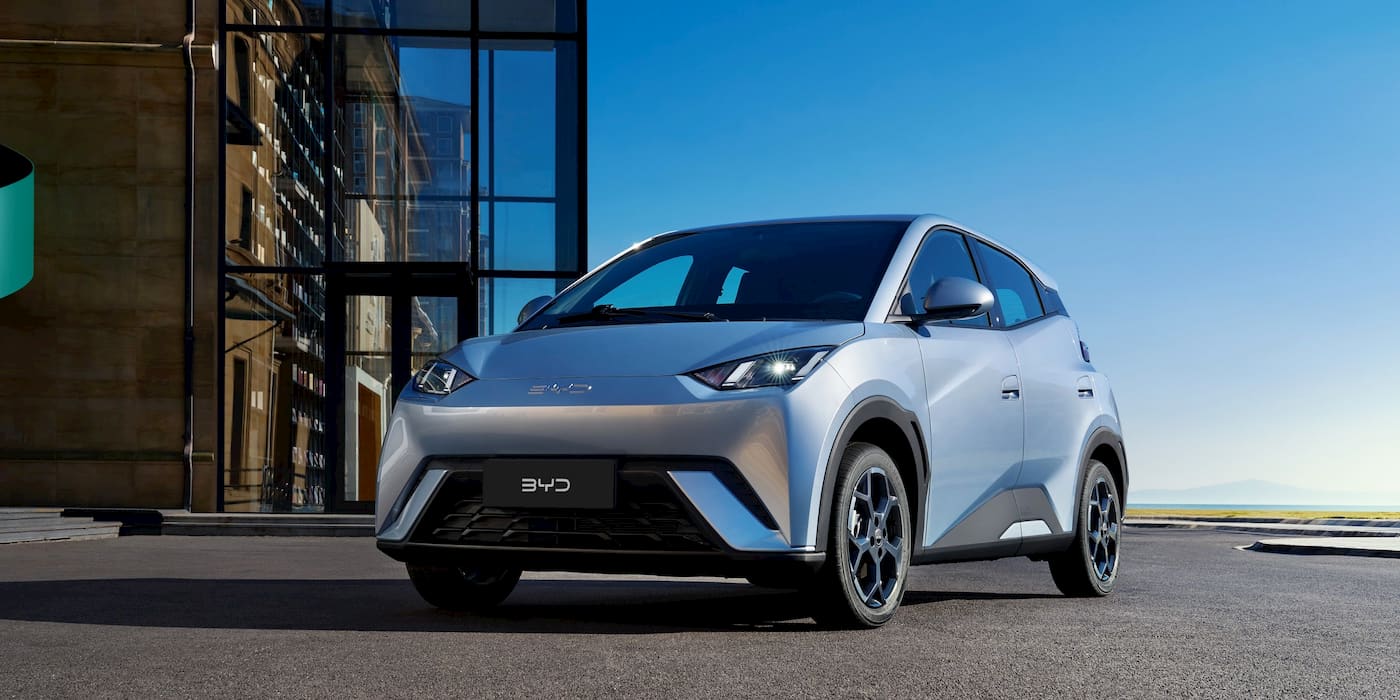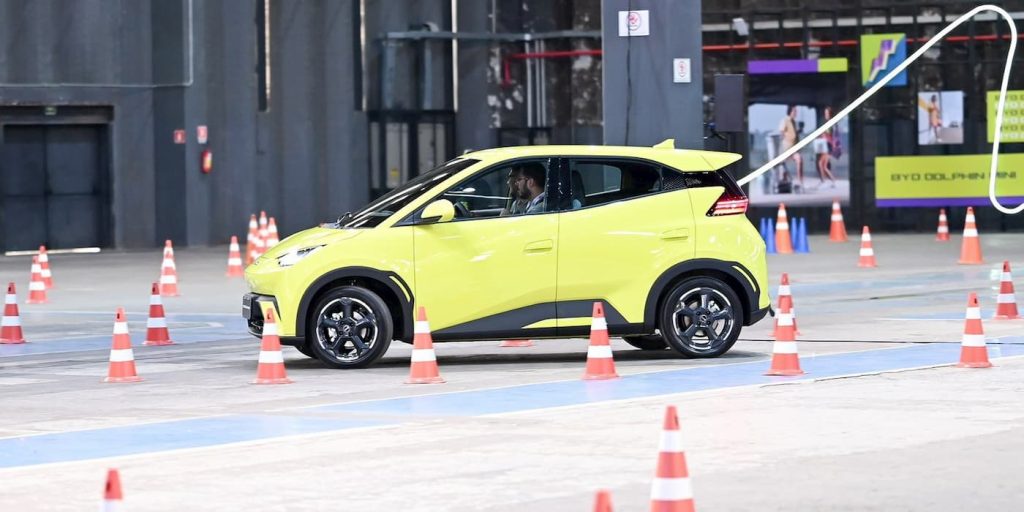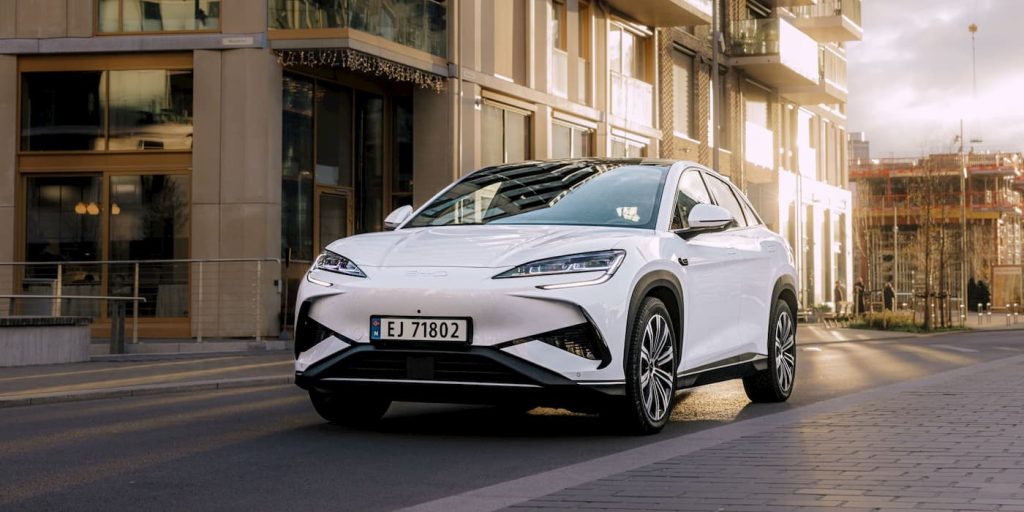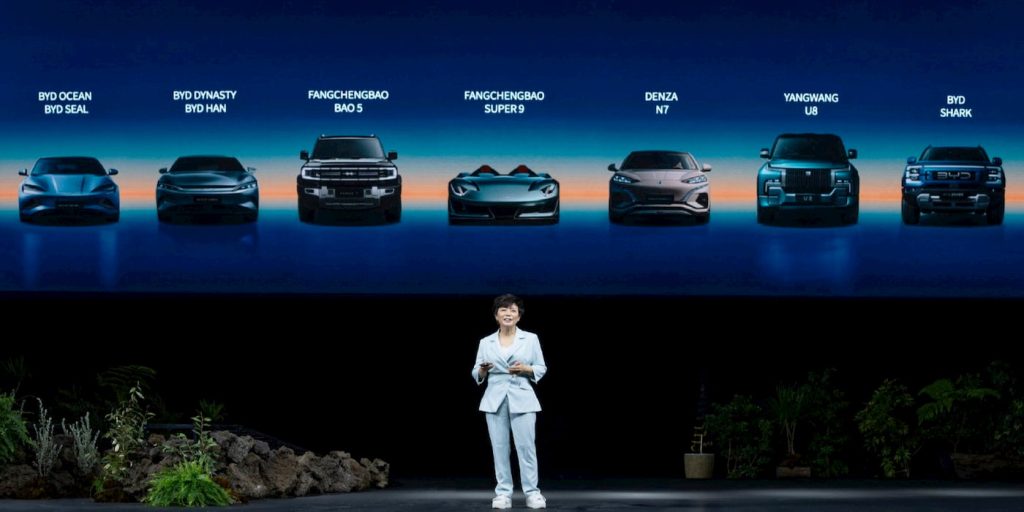
BYD, the reigning titan of electric vehicles (EVs), is setting its sights on **Toyota**, the automotive behemoth that’s long dominated the industry. In a surprising twist, BYD believes that once it scales up to Toyota’s level, **it will outpace the Japanese automaker in profits per vehicle**. With overseas sales projected to double this year, the stakes are high—and the competition is fierce.
Can BYD Create a Financial Powerhouse that Surpasses Toyota?
Following a record-breaking year in 2024, BYD is making waves, announcing a staggering **revenue of 777.1 billion yuan**, equivalent to around **$107 billion**. This marks a significant leap for the company, which is swiftly becoming a formidable contender in the automotive arena.
Even with a lineup that features affordable models like the **Seagull EV**, priced at under $10,000 (or 69,800 yuan) in China, BYD is proving its ability to turn a profit. CEO **Wang Chuanfu** exudes confidence, asserting that once BYD achieves output levels comparable to Toyota’s, its profit margins will soar. In an analyst briefing, Wang emphasized, “Our **cost control** is superior, and as our sales continue to grow, our profitability will become evident.”
To provide context, Toyota sold an impressive **10.8 million vehicles** in 2024, remaining the world’s top-selling car brand. Meanwhile, BYD successfully moved **over 4.27 million new energy vehicles (NEVs)**, combining electric and plug-in hybrid offerings.

BYD’s Transition: Going All-in on Electrification
BYD decisively shifted from traditional internal combustion engines (ICE) to focus exclusively on **plug-in hybrids (PHEVs)** and **electric vehicles (EVs)** in 2022, a move that has already proven fruitful. In 2024, the company recorded a **41% surge in sales** compared to the previous year.
The ambitious Wang aims for BYD to sell **over 800,000 vehicles abroad in 2025**, more than doubling the **417,204** it sold overseas in 2024. This strategy marks a pivotal moment in BYD’s global expansion.

Strategic Global Expansion
Wang sees “**great opportunities**” for growth in markets such as Latin America and Southeast Asia, regions increasingly receptive to Chinese automotive brands. BYD is also targeting a “**substantial rise**” in market share in the UK, taking advantage of favorable market conditions.
In a cost-effective strategy, BYD aims to keep its production costs down by assembling vehicles locally while still sourcing essential components from China. Although Wang has not specified a timeline, he anticipates that a significant portion of the company’s profits will eventually stem from international sales.

Electrek’s Perspective
Although many recognize BYD for its affordable options like the **Seagull**, the company is equally committed to rolling out a new series of **luxury vehicles**, **intelligent SUVs**, and **electric supercars**. Pioneering advancements in battery technology, smart driving systems, and ultra-fast chargers illustrate BYD’s relentless pursuit of growth in the coming years.
BYD’s origins as a battery manufacturer have propelled it to its current status, and its focus on innovative technology ensures it stays ahead of the competition. By producing the vast majority of vehicle components in-house, such as virtually all parts for the **Dolphin**, with the exception of windows and tires, BYD can maintain exceptionally competitive pricing.
In light of Toyota’s recent **delays** regarding its EV battery plant in Japan, the Japanese automaker may find itself lagging behind BYD and others in the rapidly evolving automotive landscape. Will BYD ultimately outsize Toyota, and will its profitability triumph over the longstanding leader? We’re eager to hear your thoughts in the comments below.
FTC: We use income-earning auto affiliate links.Learn more.







